
Coffee Concentrates Market Demand, Trends and Outlook 2034
Coffee Concentrates Market Growth, Size, Trends Analysis- By Type, By Packaging, By Distribution Channel - Regional Outlook, Competitive Strategies and Segment Forecast to 2034
| Published: Sep-2025 | Report ID: FOOD25117 | Pages: 1 - 231 | Formats*: |
| Category : Food & Beverages | |||
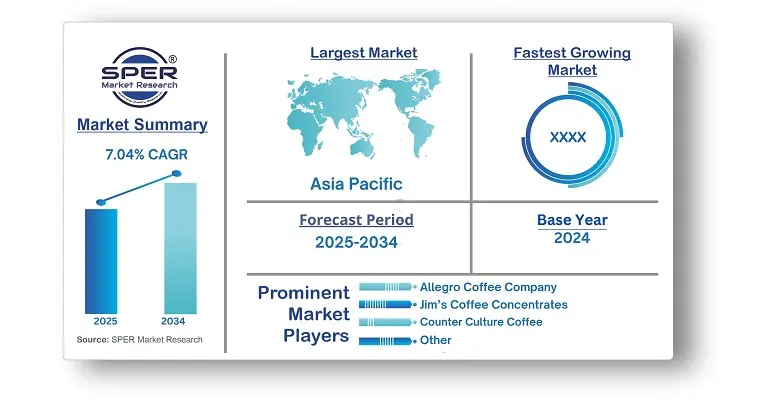
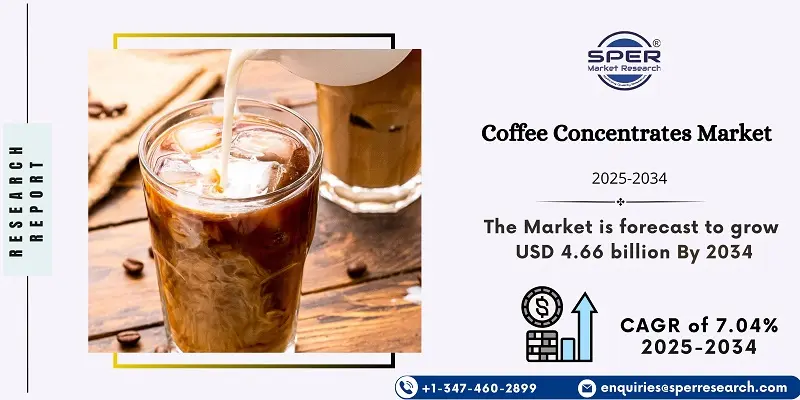
- In January 2025, NESCAFÉ launched its first liquid concentrate line in the U.S.—NESCAFÉ Espresso Concentrate—offering a quick, café-style coffee experience at home. Made with 100% Arabica beans, it comes in Black and Sweet Vanilla flavors and easily mixes with milk or water, allowing consumers to customize drinks without special equipment.
- In January 2024, Torr Industries launched Hive Cafe, a system designed for small coffee shops to brew fresh daily coffee concentrates. It produces up to 0.6 gallons in 15–20 minutes and allows baristas to adjust temperatures and isolate extracts for unique flavor profiles.
| Report Metric | Details |
| Market size available for years | 2021-2034 |
| Base year considered | 2024 |
| Forecast period | 2025-2034 |
| Segments covered | By Type, By Packaging, By Distribution Channel |
| Regions covered | North America, Latin America, Asia-Pacific, Europe, and Middle East & Africa |
| Companies Covered | Allegro Coffee Company, Jim’s Coffee Concentrates, Counter Culture Coffee, Death Wish Coffee Co., Starbucks Corporation, Wandering Bear Coffee, The J.M. Smucker Company, Keurig Dr Pepper Inc., Nestlé S.A., Grady’s Cold Brew. |
- Global Coffee Concentrates Market Size (FY’2021-FY’2034)
- Overview of Global Coffee Concentrates Market
- Segmentation of Global Coffee Concentrates Market By Type (Caffeinated, Decaffeinated)
- Segmentation of Global Coffee Concentrates Market By Packaging (Bottles, Cans, Pouches, Others)
- Segmentation of Global Coffee Concentrates Market By Distribution Channel (B2B, B2C)
- Statistical Snap of Global Coffee Concentrates Market
- Expansion Analysis of Global Coffee Concentrates Market
- Problems and Obstacles in Global Coffee Concentrates Market
- Competitive Landscape in the Global Coffee Concentrates Market
- Details on Current Investment in Global Coffee Concentrates Market
- Competitive Analysis of Global Coffee Concentrates Market
- Prominent Players in the Global Coffee Concentrates Market
- SWOT Analysis of Global Coffee Concentrates Market
- Global Coffee Concentrates Market Future Outlook and Projections (FY’2025-FY’2034)
- Recommendations from Analyst
- 1.1. Scope of the report
- 1.2. Market segment analysis
- 2.1. Research data source
- 2.1.1. Secondary Data
- 2.1.2. Primary Data
- 2.1.3. SPERs internal database
- 2.1.4. Premium insight from KOLs
- 2.2. Market size estimation
- 2.2.1. Top-down and Bottom-up approach
- 2.3. Data triangulation
- 4.1. Driver, Restraint, Opportunity and Challenges analysis
- 4.1.1. Drivers
- 4.1.2. Restraints
- 4.1.3. Opportunities
- 4.1.4. Challenges
- 5.1. SWOT Analysis
- 5.1.1. Strengths
- 5.1.2. Weaknesses
- 5.1.3. Opportunities
- 5.1.4. Threats
- 5.2. PESTEL Analysis
- 5.2.1. Political Landscape
- 5.2.2. Economic Landscape
- 5.2.3. Social Landscape
- 5.2.4. Technological Landscape
- 5.2.5. Environmental Landscape
- 5.2.6. Legal Landscape
- 5.3. PORTERs Five Forces
- 5.3.1. Bargaining power of suppliers
- 5.3.2. Bargaining power of buyers
- 5.3.3. Threat of Substitute
- 5.3.4. Threat of new entrant
- 5.3.5. Competitive rivalry
- 5.4. Heat Map Analysis
- 6.1. Global Coffee Concentrates Market Manufacturing Base Distribution, Sales Area, Product Type
- 6.2. Mergers & Acquisitions, Partnerships, Product Launch, and Collaboration in Global Coffee Concentrates Market
- 7.1. Caffeinated
- 7.2. Decaffeinated
- 8.1. Bottles
- 8.2. Cans
- 8.3. Pouches
- 8.4. Others
- 9.1. B2B
- 9.2. B2C
- 10.1. Global Coffee Concentrates Market Size and Market Share
- 11.1. Asia-Pacific
- 11.1.1. Australia
- 11.1.2. China
- 11.1.3. India
- 11.1.4. Japan
- 11.1.5. South Korea
- 11.1.6. Rest of Asia-Pacific
- 11.2. Europe
- 11.2.1. France
- 11.2.2. Germany
- 11.2.3. Italy
- 11.2.4. Spain
- 11.2.5. United Kingdom
- 11.2.6. Rest of Europe
- 11.3. Middle East and Africa
- 11.3.1. Kingdom of Saudi Arabia
- 11.3.2. United Arab Emirates
- 11.3.3. Qatar
- 11.3.4. South Africa
- 11.3.5. Egypt
- 11.3.6. Morocco
- 11.3.7. Nigeria
- 11.3.8. Rest of Middle-East and Africa
- 11.4. North America
- 11.4.1. Canada
- 11.4.2. Mexico
- 11.4.3. United States
- 11.5. Latin America
- 11.5.1. Argentina
- 11.5.2. Brazil
- 11.5.3. Rest of Latin America
- 12.1. Allegro Coffee Company
- 12.1.1. Company details
- 12.1.2. Financial outlook
- 12.1.3. Product summary
- 12.1.4. Recent developments
- 12.2. Jims Coffee Concentrates
- 12.2.1. Company details
- 12.2.2. Financial outlook
- 12.2.3. Product summary
- 12.2.4. Recent developments
- 12.3. Counter Culture Coffee
- 12.3.1. Company details
- 12.3.2. Financial outlook
- 12.3.3. Product summary
- 12.3.4. Recent developments
- 12.4. Death Wish Coffee Co.
- 12.4.1. Company details
- 12.4.2. Financial outlook
- 12.4.3. Product summary
- 12.4.4. Recent developments
- 12.5. Starbucks Corporation
- 12.5.1. Company details
- 12.5.2. Financial outlook
- 12.5.3. Product summary
- 12.5.4. Recent developments
- 12.6. Wandering Bear Coffee
- 12.6.1. Company details
- 12.6.2. Financial outlook
- 12.6.3. Product summary
- 12.6.4. Recent developments
- 12.7. The J.M. Smucker Company
- 12.7.1. Company details
- 12.7.2. Financial outlook
- 12.7.3. Product summary
- 12.7.4. Recent developments
- 12.8. Keurig Dr Pepper Inc.
- 12.8.1. Company details
- 12.8.2. Financial outlook
- 12.8.3. Product summary
- 12.8.4. Recent developments
- 12.9. Nestlé S.A.
- 12.9.1. Company details
- 12.9.2. Financial outlook
- 12.9.3. Product summary
- 12.9.4. Recent developments
- 12.10. Grady’s Cold Brew
- 12.10.1. Company details
- 12.10.2. Financial outlook
- 12.10.3. Product summary
- 12.10.4. Recent developments
- 12.11. Others
SPER Market Research’s methodology uses great emphasis on primary research to ensure that the market intelligence insights are up to date, reliable and accurate. Primary interviews are done with players involved in each phase of a supply chain to analyze the market forecasting. The secondary research method is used to help you fully understand how the future markets and the spending patterns look likes.
The report is based on in-depth qualitative and quantitative analysis of the Product Market. The quantitative analysis involves the application of various projection and sampling techniques. The qualitative analysis involves primary interviews, surveys, and vendor briefings. The data gathered as a result of these processes are validated through experts opinion. Our research methodology entails an ideal mixture of primary and secondary initiatives.

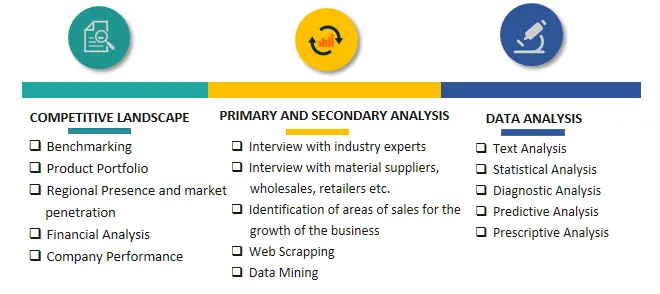

Frequently Asked Questions About This Report
PLACE AN ORDER
Year End Discount
Sample Report
Pre-Purchase Inquiry
NEED CUSTOMIZATION?
Request CustomizationCALL OR EMAIL US
100% Secure Payment
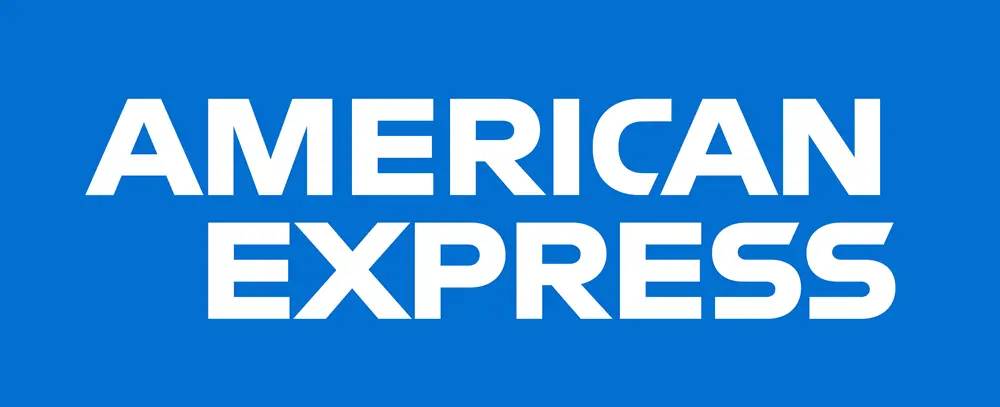
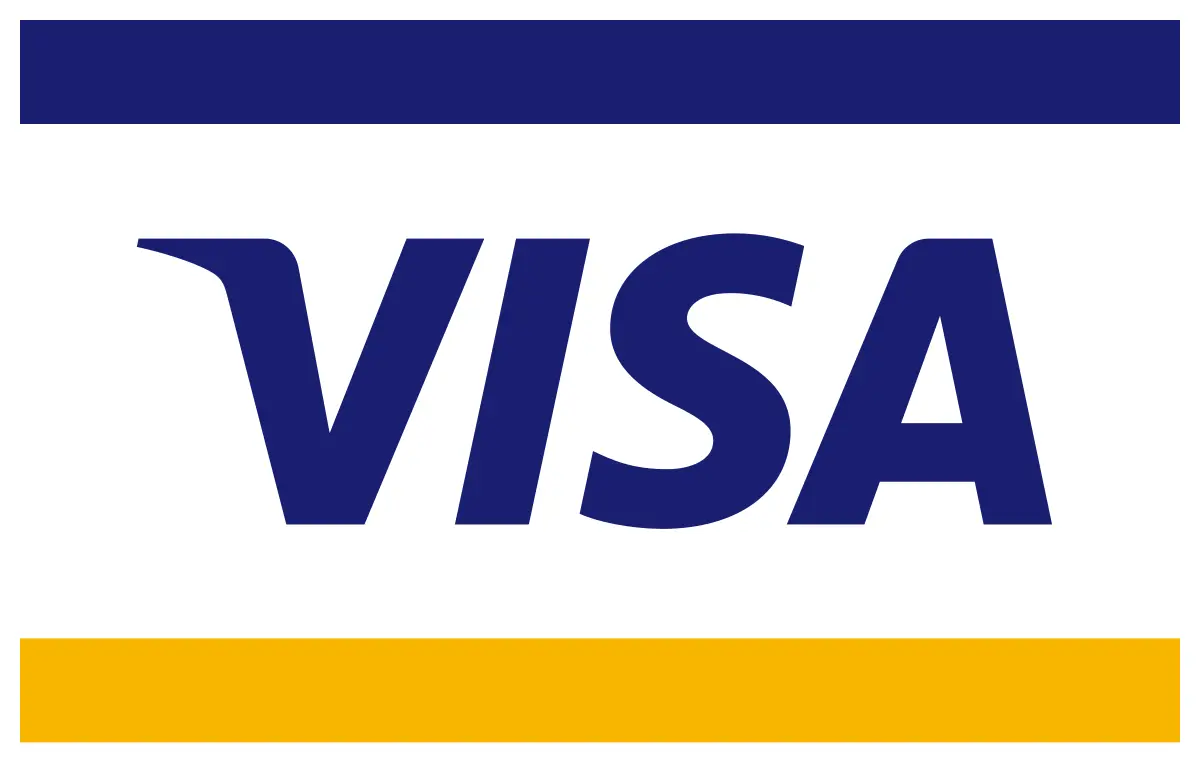

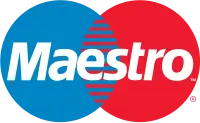


Related Reports
Our Global Clients
Our data-driven insights have influenced the strategy of 200+ reputed companies across the globe.






















